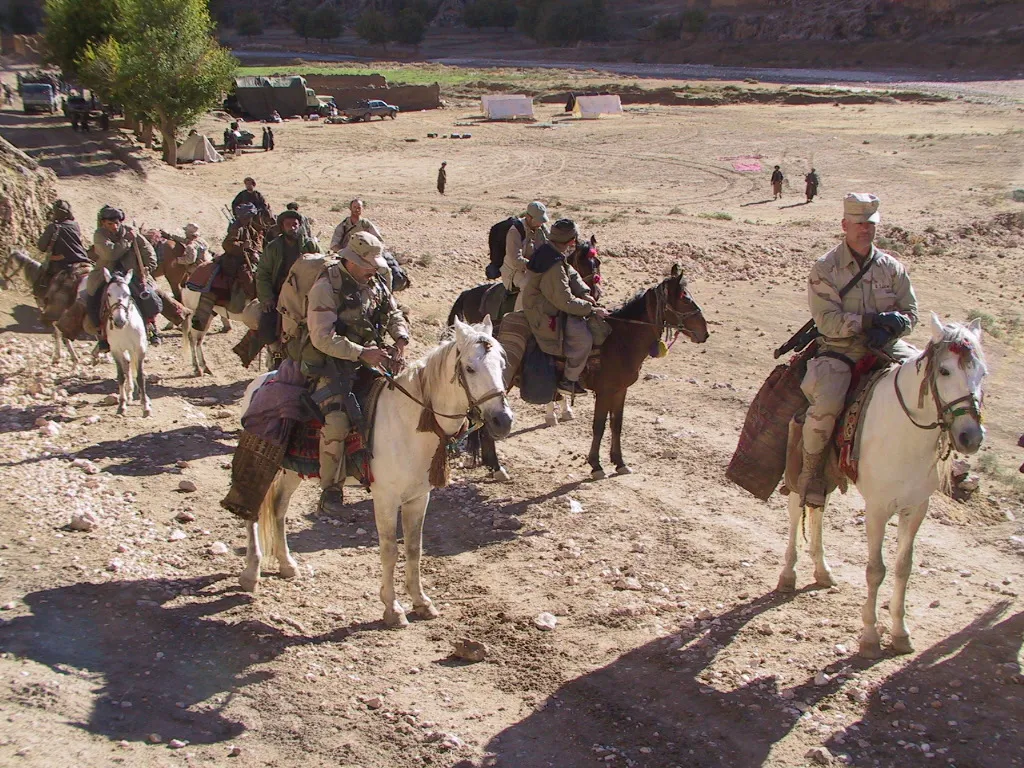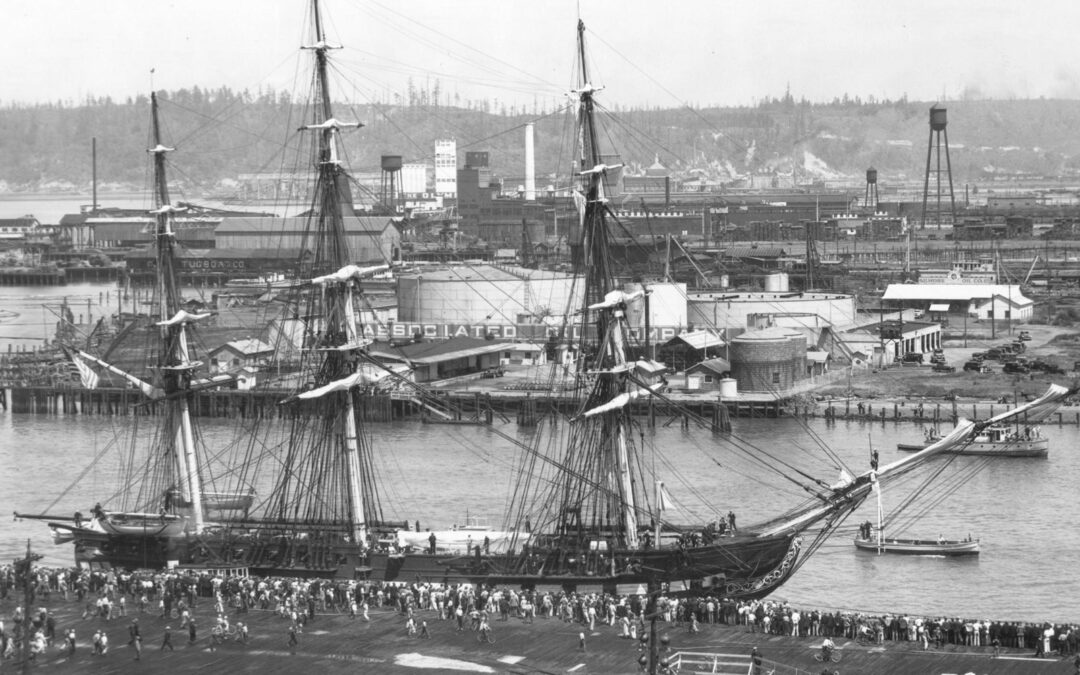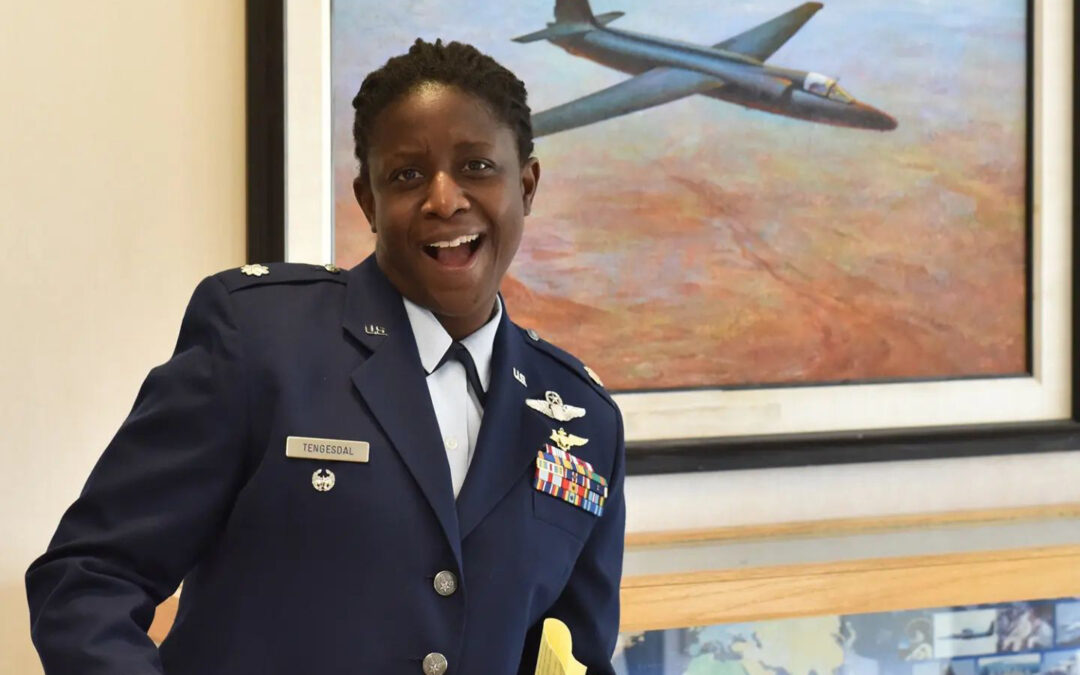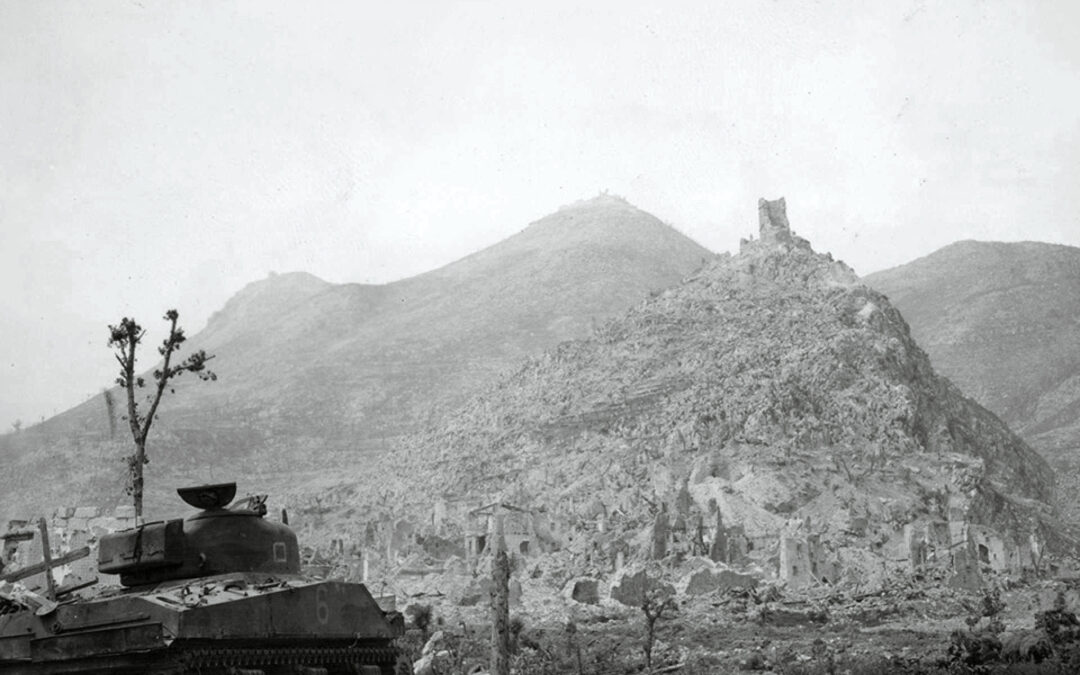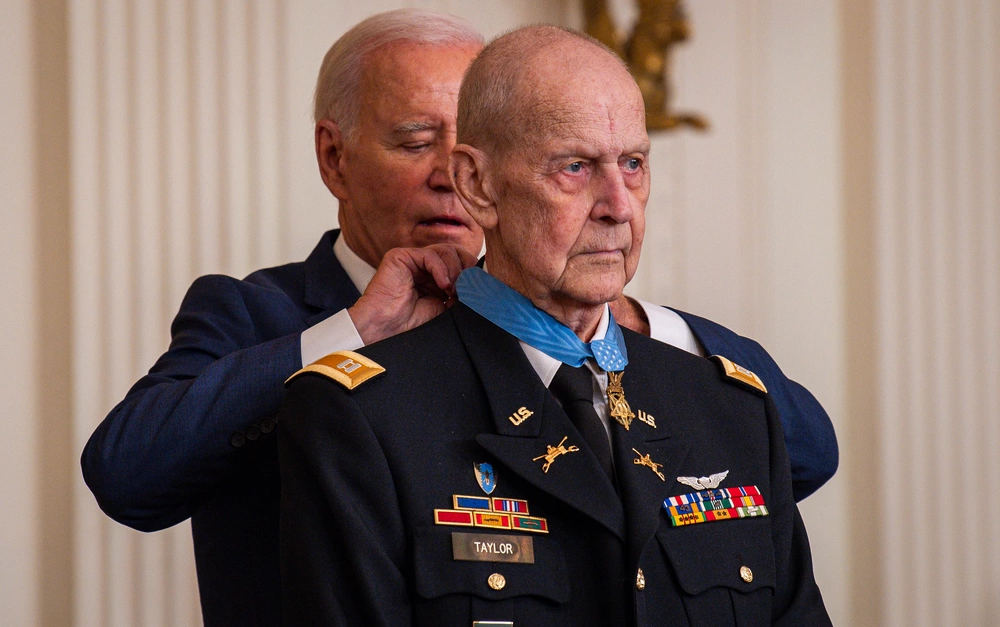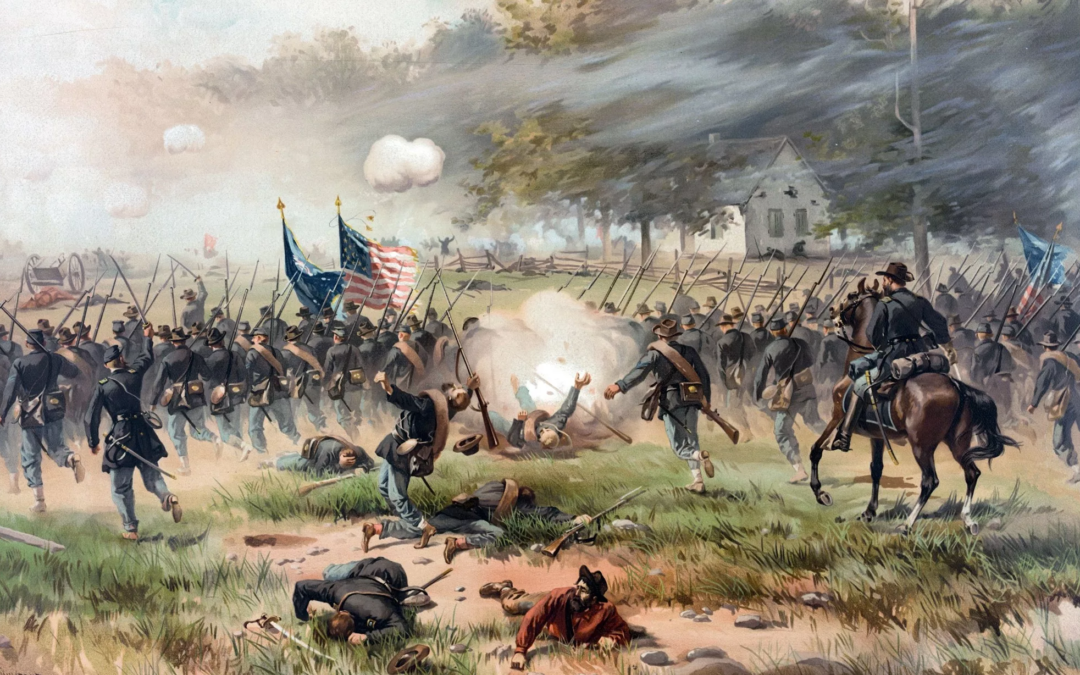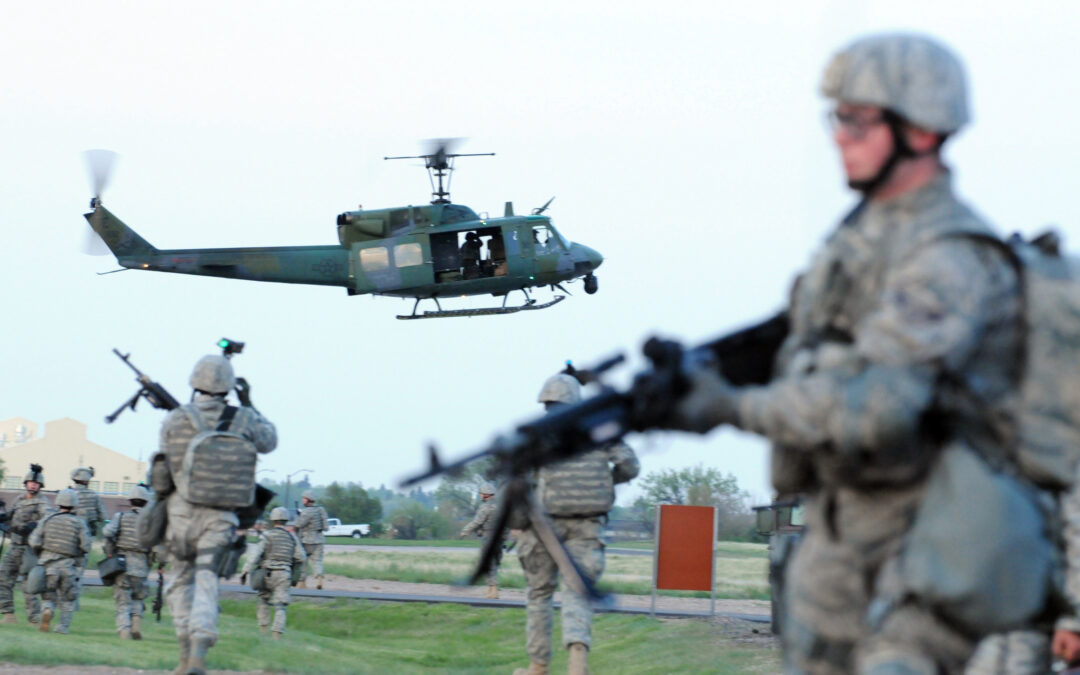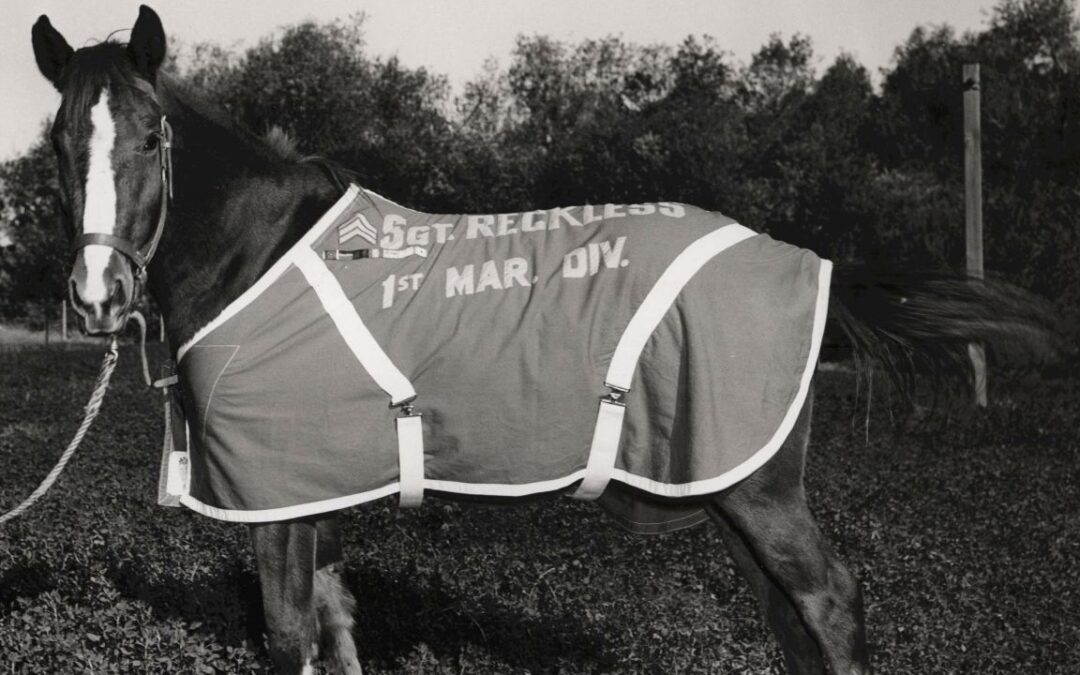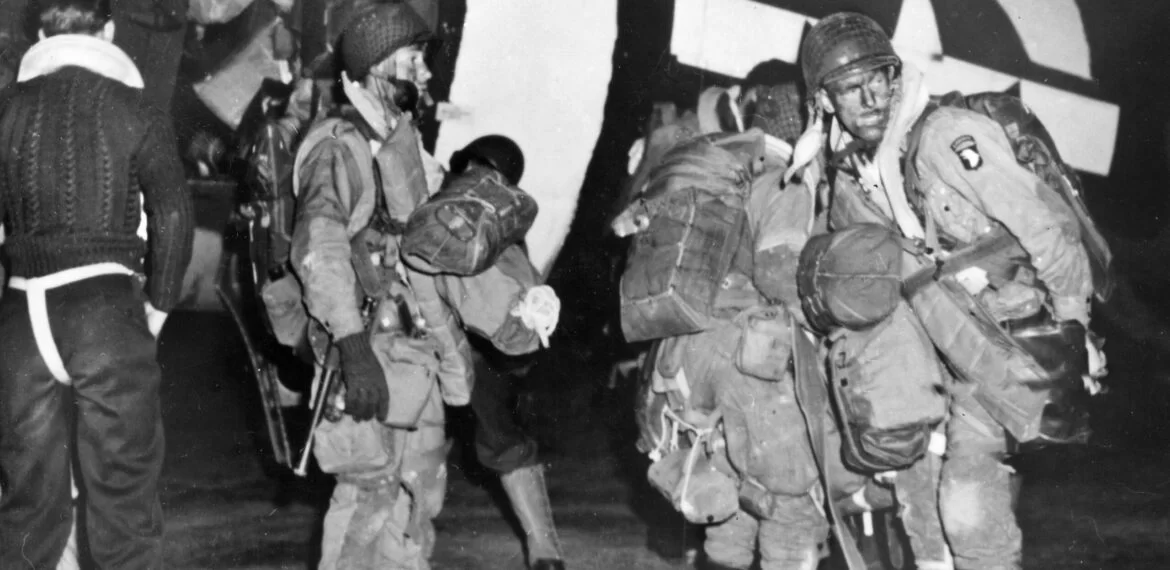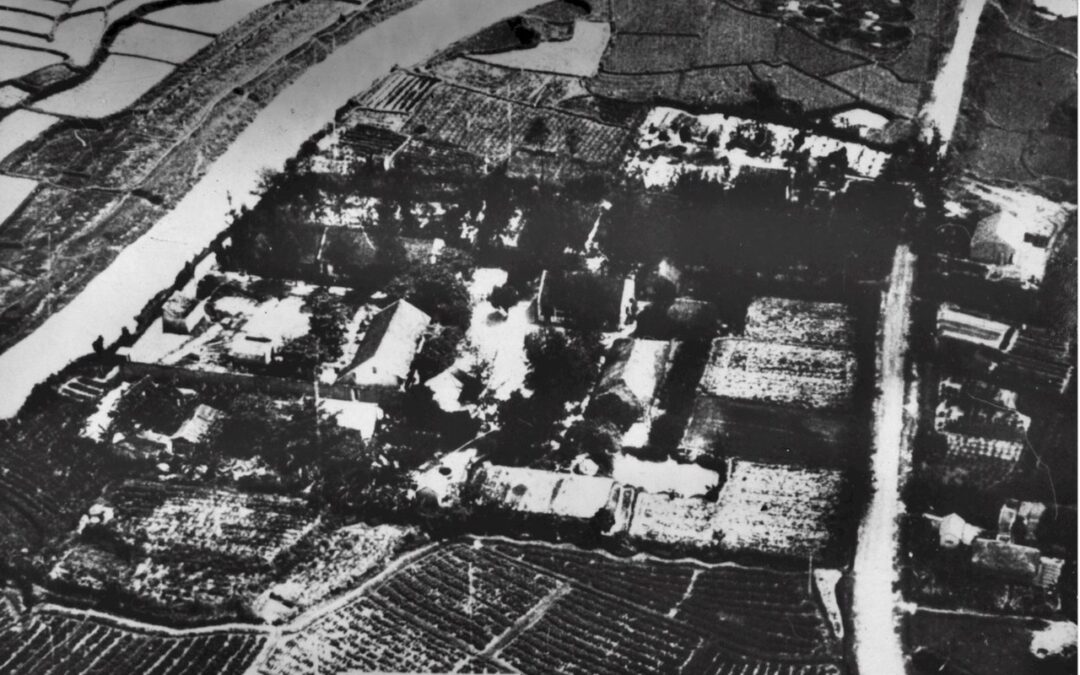It might come as a surprise, but the United States and Afghanistan enjoyed friendly relations for the overwhelming majority of their shared history, a history spanning some 200 years. It was only following September 11, 2001, that relations soured between the two countries. In the days that followed the terror attacks of September 11, the American government demanded the Taliban deliver Osama bin Laden or face the wrath of the U.S. military – and the Afghans almost avoided a war. The Strategic Importance of Mazar-i-Sharif in the Battle of Mazar-i-Sharif Muslim clerics across Afghanistan actually voted to expel Osama bin Laden and al-Qaeda, but in the same vote, they decided that an invasion from the United States would trigger a jihad for the Muslim faithful. With that in mind, Mullah Muhammaed Omar, the founding leader of the Taliban rulers of Afghanistan, decided not to deliver bin Laden. Al-Qaeda was, after all, a close ally of the Taliban. So when none of the demands made by...
